Art of the Build - The Cedars, Ipswich
Posted 10 February 2020 by
Katie SakkaOriginally built in 1863 and designed by the architect Frederick Barnes who was well known for his railway station designs, The Cedars was first used as a boarding school for young ladies. It was then converted by the renowned architect, artist and designer Brightwen Binyon into his own private residence in the early 1890s. In the 1920s the building became the largest spiritualist church in Ipswich where psychics would try to contact the spirits of the dead and was frequently visited by Sir Arthur Conan Doyle, author of the Sherlock Holmes novels. Doyle, who was one of the most famous spiritualists of the time attended these events after the tragic passing of both his son and wife.
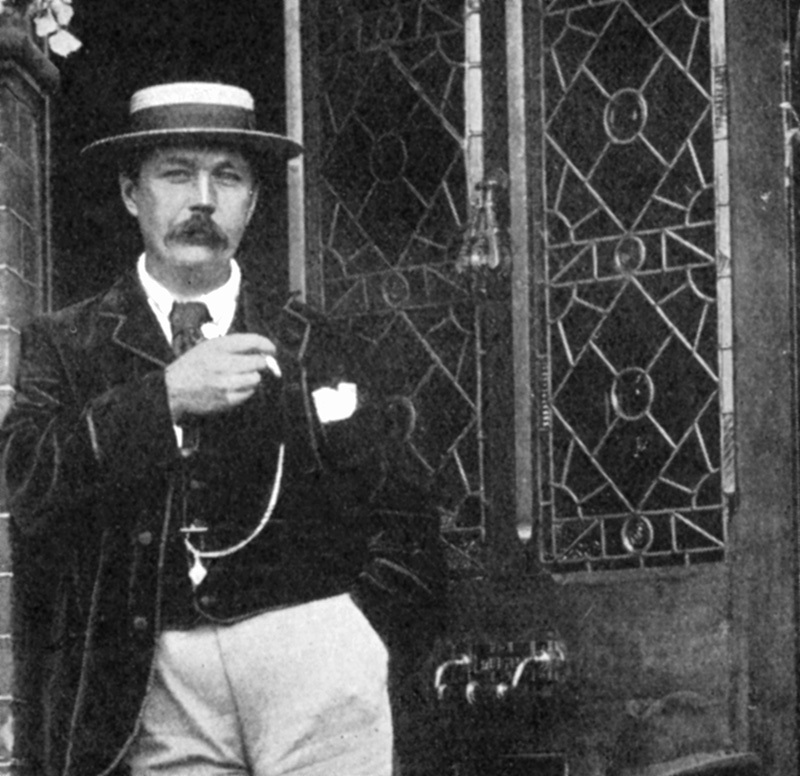
Over the past 2 years the James Francis team has painstakingly renovated the building creating two beautiful large townhouses. A three-story extension was added in matching Suffolk white brickwork using reclaimed bricks. These bricks were incredibly popular during Victorian times, being used for many railway station buildings as well as being used for numerous homes in Ipswich. A shortage of the clay used to make these bricks means they are now incredibly rare and expensive.
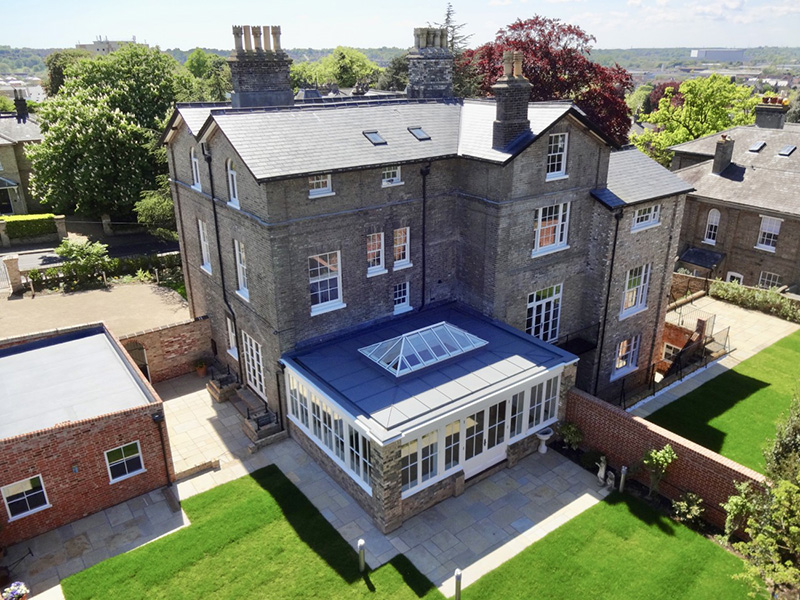
Inside every attempt has been made to retain as many of the original Victorian features as possible. The windows are sash, though double-glazed, the floors are original oiled Victorian floorboards, original working fireplaces feature throughout, gorgeous cast iron radiators are a gleaming stand-out, and the balcony staircase is a gorgeously handsome feature.
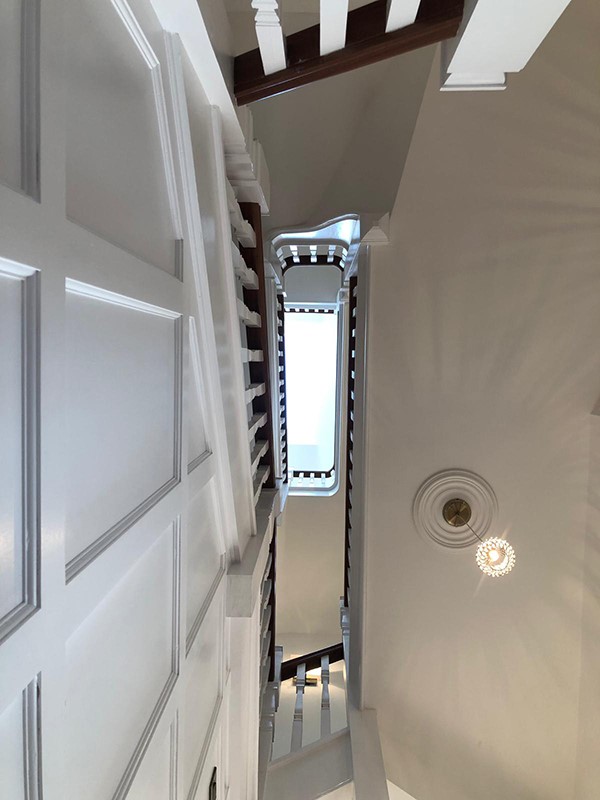
"With such a historic building it was not only important that we respected the original roots, but breathed new life into a property that has been such an architectural centre piece of the community since the mid-19th century. That challenge suited our craftsmanship perfectly." - James Francis founder Julian Bobbin.
Combined with these Victorian features is Loxone, a smart home tech featuring intelligent automation and intuitive control of the lighting, heating, security, multimedia, shading, and energy management. This remarkable tech knows what to do in the morning or in the evening while you’re cooking, entertaining, or just relaxing. It plays the music you each want to hear – even if it is something different in each room. It creates the right atmosphere with lighting moods. It makes sure every room is always at the perfect temperature. All aspects of your home work together in harmony.
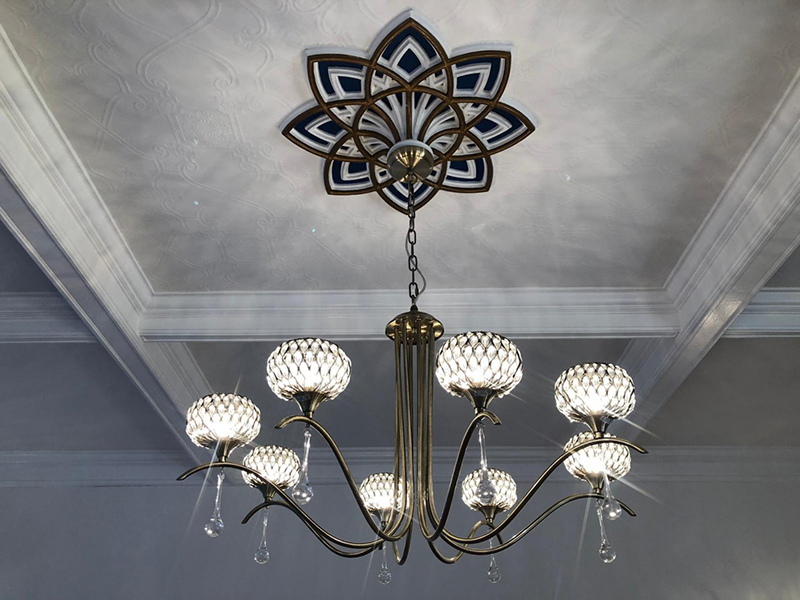
And Loxone is not the only smart home tech installed in the homes. The lighting used is LIFX, a line of energy-efficient, multi-color, Wi-Fi enabled, digital addressable LED light bulbs that can be controlled via a Wi-Fi equipped device such as a smartphone or smartwatch.
At No 1 Cedar House approximately 200 tons of earth were excavated from the rear and the back of the building giving way to a beautiful large courtyard created using old Georgian red bricks and reclaimed patio tiles and steps. This also allowed, in turn, for the construction of a subterranean double garage running underneath the upper garden.
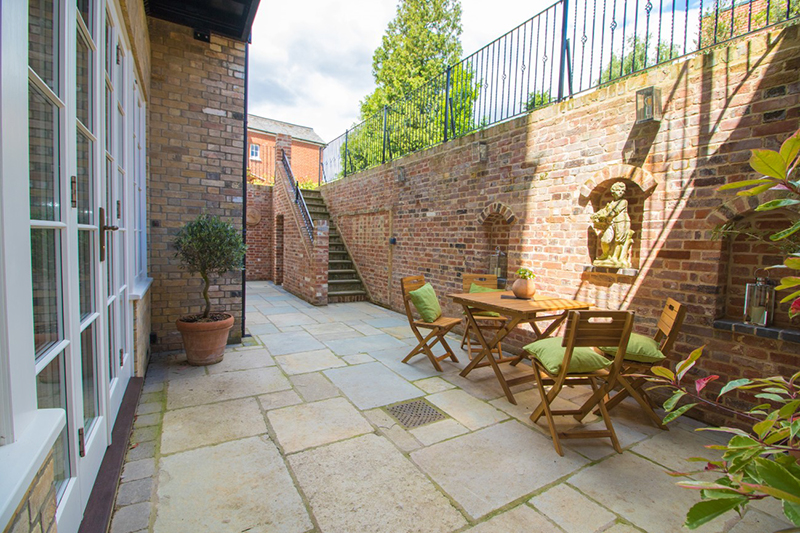
A huge orangery and lower ground floor extension have been crafted to the back of No 2 Cedar House with internal craftsmanship to complement the original Victorian architecture and features.
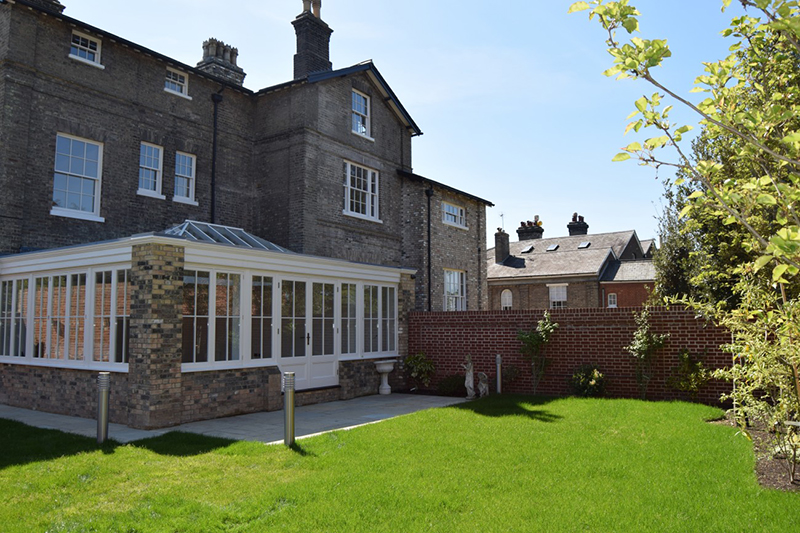
Having an orangery was initially a status symbol and an indication of great wealth. They became a frequent addition at stately homes and other such residences from the 17th to the 19th centuries.
These bespoke homes enable the buyer to design and pick the finishes they want in the kitchens and bathrooms as well as optional smart tech upgrades and external security.